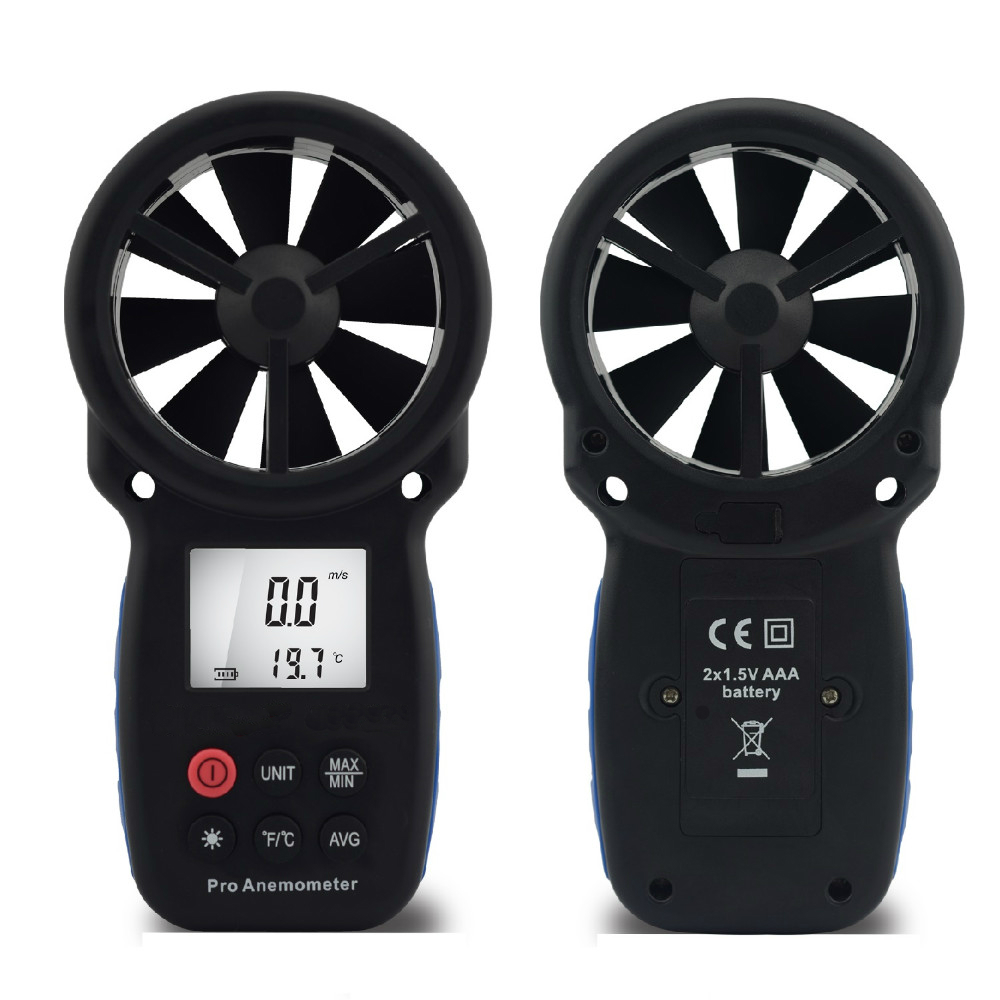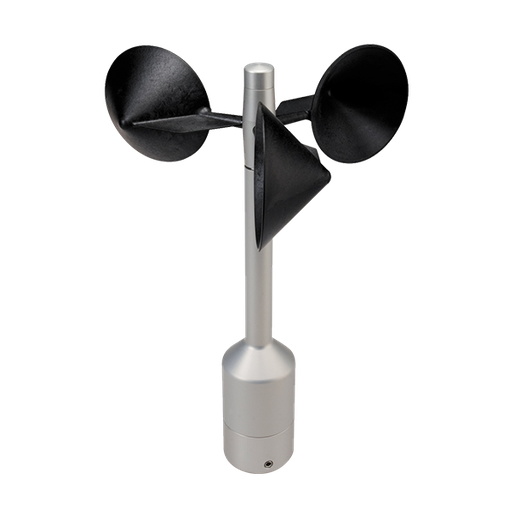All You Required to Learn About Anemometers: Just How They Work, Why They Matter, and Where to Utilize Them
Anemometers, however typically neglected in the world of scientific tools, play a critical function in numerous areas, offering beneficial insights into wind speed and airflow patterns. Recognizing the mechanics behind these gadgets is important for any person seeking to harness the power of this information. From meteorologists tracking weather patterns to designers designing structures with wind lots in mind, the applications of anemometers are far-reaching and diverse. As we dive right into the complexities of anemometer innovation, we will certainly uncover the inner operations of these tools, their importance, and the crucial factors to consider when selecting the best anemometer for details applications.

Anemometer Fundamentals
A necessary instrument made use of to gauge wind rate and instructions, the anemometer plays a vital function in weather forecasting and various industries. An anemometer typically is composed of 3 or four mugs that rotate in the wind, a vane that aims right into the wind, and sensing units to track the activities or rotations.
There are various types of anemometers offered, consisting of mug anemometers, vane anemometers, hot-wire anemometers, and sonic anemometers, each with its unique functions and applications. Mug anemometers are generally made use of for fundamental wind rate measurements, while vane anemometers are chosen for directional measurements.
Concepts of Anemometer Procedure
Structure on the fundamental understanding of anemometer basics, the principles of anemometer operation illuminate the auto mechanics behind wind speed and instructions dimensions. Anemometers operate the concept of air movement affecting a sensor, causing it to rotate. Cup anemometers, as an example, have three or more cups that capture the wind, causing them to spin faster as the wind rate rises. The turning rate is then exchanged a wind speed dimension. Vane anemometers, on the various other hand, make use of a tail or a probe that straightens itself with the wind instructions, supplying a dimension of wind direction based on the orientation of the sensing unit. Hot-wire anemometers rely upon a warmed cable that cools off as wind passes over it, with the rate of cooling down determining the wind rate. Ultrasonic anemometers action wind speed and instructions by assessing the moment it considers ultrasonic signals to travel in between transducers. Recognizing these concepts is vital for trustworthy and precise wind measurements in numerous applications.
Relevance of Anemometers
Anemometers play a crucial role in gauging wind speed and direction, giving vital information for climate forecasting, environment researches, environmental tracking, and aviation operations. Meteorologists rely on anemometers to gather precise wind information, aiding them recognize climate patterns, forecast tornados, and problem timely cautions to the public. Wind farm drivers utilize anemometers to evaluate wind conditions and make the most of electricity manufacturing from wind turbines.
Applications Across Different Industries
In the sustainable power market, anemometers play a crucial role in assessing wind conditions for wind farm placements, ensuring optimal power manufacturing. Industries like building and construction and mining use anemometers to Full Report check wind speeds, crucial for security procedures, particularly when working at heights or in open-pit mines where solid winds can position risks. In agriculture, anemometers assist farmers in taking care of plant splashing by offering real-time data on wind rate to avoid drift.

Selecting the Right Anemometer for Your Demands
Selecting the suitable anemometer tailored to your certain demands is important for acquiring exact wind rate and instructions check my reference dimensions. When picking an anemometer, take into consideration factors such as the intended application, required measurement range, environmental conditions, and desired features. For general objectives, a cup anemometer is appropriate for determining wind rate, while a vane anemometer supplies wind direction data. Hot-wire anemometers are suitable for reduced airspeed dimensions, and ultrasonic anemometers use high precision and longevity.

Final Thought
In final thought, anemometers play a crucial function in gauging wind rate and direction across different sectors. It is essential to think about the value of anemometers in order to make informed decisions when selecting the most ideal tool for measuring wind conditions.
There are different kinds of anemometers readily available, including cup anemometers, vane anemometers, hot-wire anemometers, and sonic anemometers, each with its special attributes and applications. Mug anemometers are commonly used for fundamental wind speed measurements, while vane anemometers are favored for directional measurements. Hot-wire anemometers are suitable visit the site for low airspeeds, and sonic anemometers are suitable for high-precision dimensions in study and commercial setups.Structure on the fundamental understanding of anemometer essentials, the concepts of anemometer procedure clarify the technicians behind wind rate and instructions dimensions. For basic objectives, a mug anemometer is ideal for determining wind rate, while a vane anemometer offers wind instructions data.